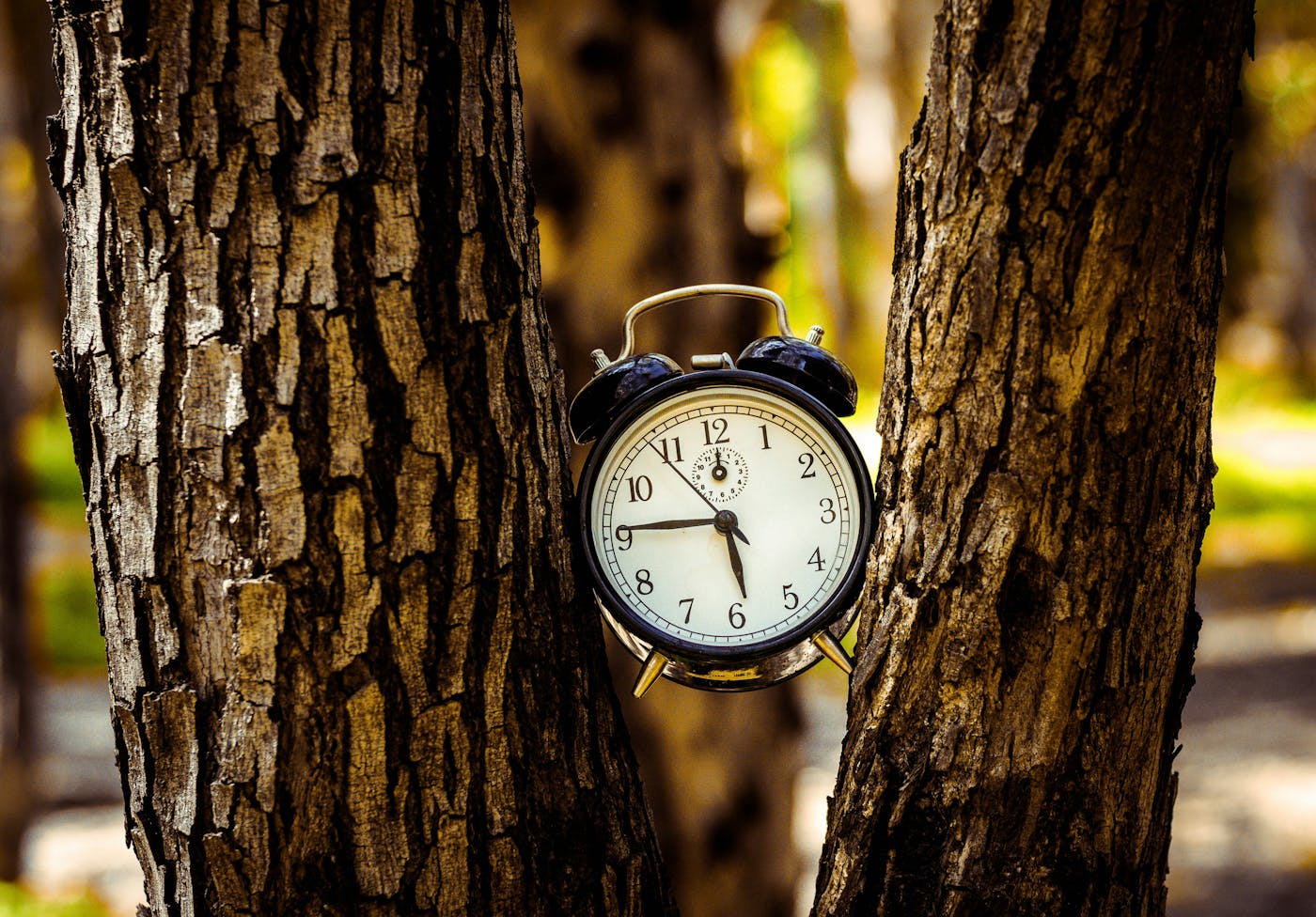Aurora peak hours
The data table below shows the most common hours for Northern Lights sightings based on thousands of real-time aurora photographs from Finland, Iceland, Norway, and Sweden. These peak hours are calculated using actual aurora sighting reports shared by aurora hunters on the Hello Aurora app.
This is historical and statistical data collected from verified real-time aurora sightings, not theoretical predictions. Every data point represents a real person who saw and photographed the Northern Lights.
How we calculate the Northern Lights peak hours
Hello Aurora app allows users to report and share real-time aurora sightings with photographs. Users can only share photos within hour since the photograph was taken to truly focus on real-time aurora reporting. We analyzed historical sighting data from 2024 and 2025 to create these statistics. The table presents two key metrics:
Average (Mean) Aurora peak hour
What it measures: The mathematical average of all recorded sighting times across Finland, Iceland, Norway, and Sweden.
What it tells you:
- The overall distribution of aurora activity throughout the night
- When auroras occur on average across all sightings
Important consideration: Can be influenced by outliers. For example, if auroras occasionally appear very early in the evening or near dawn, the mean shifts accordingly, even when these times are uncommon.
Median Aurora peak hour
What it measures: The "middle" time in the distribution of all sightings—exactly half of reports occur before this hour, and half occur after.
What it tells you:
- The most typical viewing time experienced by aurora hunters
- A representative peak hour that filters out extreme outliers
- The time when you have the highest probability of witnessing the lights
Why it's valuable: Less affected by rare early or late sightings, making it more accurate for practical planning and representing when most people actually see the Northern Lights.
Will the Aurora appear at these exact hours?
No. These are statistical probabilities based on historical patterns, not exact predictions. You should always look at the real-time aurora forecast on the date of your aurora hunting, the local weather forecast and cloud condition,
What these numbers tell you
Peak hour statistics show you when Northern Lights have most commonly appeared in the past in the specific month.
Think of these statistics as your baseline strategy. They can tell you when the Northern Lights are mostly appeared. But aurora hunting requires flexibility and patience—the lights follow space weather, not schedules.
The most successful aurora hunters use historical patterns to plan their evenings, then adapt based on current conditions. Check space weather forecasts, watch for clear skies, dress warmly, and stay patient. That combination gives you the best chance of witnessing this incredible natural phenomenon.
About the data source
This analysis is powered by community-sourced, verified aurora sightings from the Hello Aurora app. Every data point represents:
- A real photograph of the Northern Lights
- Confirmed location data (Finland, Iceland, Norway, or Sweden)
- Precise timestamp of the sighting
- Genuine aurora activity (not false reports)
This crowdsourced approach provides authentic, ground-truth data that reflects actual viewing experiences, making it more reliable than purely theoretical models.
We thank everyone who join the community and helping each other seeing the Northern Lights 💚
Peak Northern Lights hours (UTC) by months
Note: All times shown are in Coordinated Universal Time (UTC). To convert to your local time zone, please adjust accordingly.
To convert to local time:
Finland: UTC +2 (winter) / UTC +3 (summer)
Iceland: UTC +0 (year-round)
Norway: UTC +1 (winter) / UTC +2 (summer)
Sweden: UTC +1 (winter) / UTC +2 (summer)
Example: If the table shows 10:30 PM UTC in Finland during winter, the local time would be 12:30 AM (next day).
